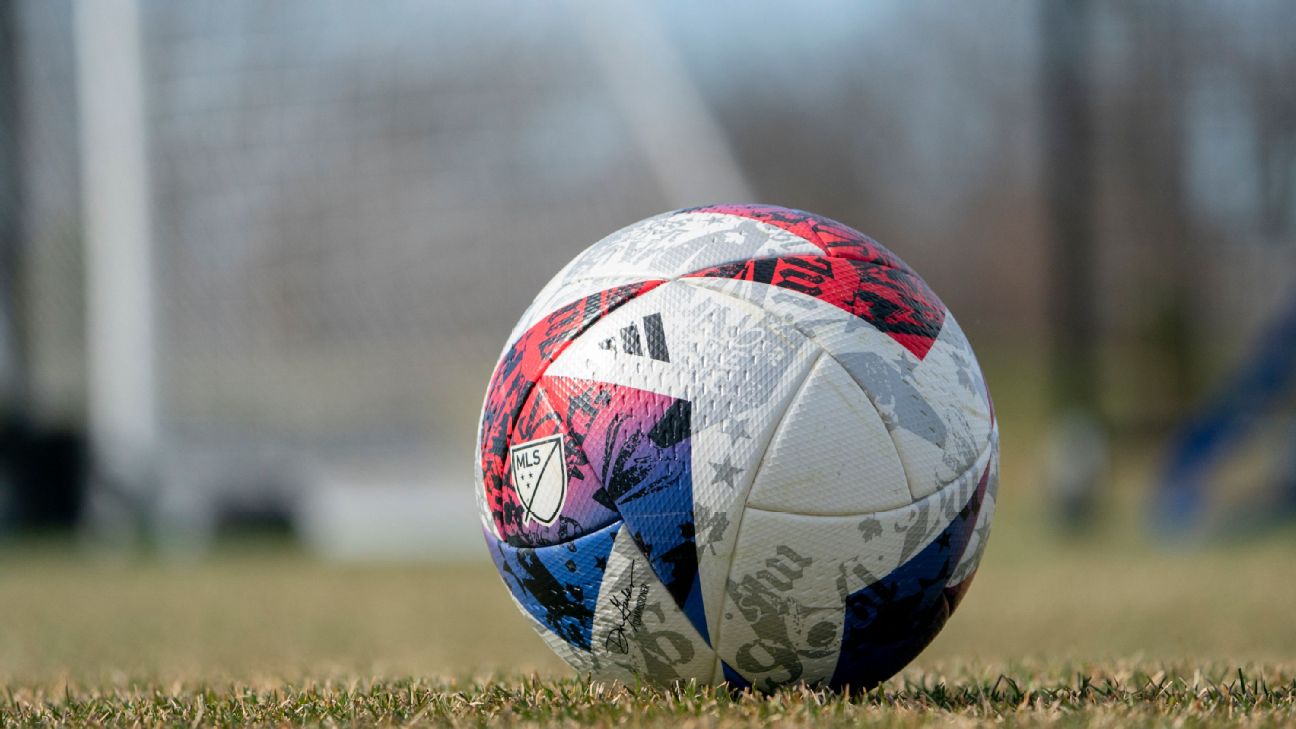MLS introducing 10-second substitute ‘shot clock’

Major League Soccer announced it will implement a pair of rule changes designed to limit stoppages in play during the 2024 season.
The changes — an off-field treatment rule and a timed substitution rule — were approved during a board of governors meeting Thursday, along with some other on-field rule tweaks and minor updates to the roster guidelines.
– Stream on ESPN+: LaLiga, Bundesliga, more (U.S.)
As league commissioner Don Garber alluded to last week during his state of the league address, the league didn’t make any wholesale changes to how roster building can be conducted, such as a meaningful increase to the salary cap or an additional designated player slot.
The off-field treatment rule requires any player who remains down with a suspected injury for at least 15 seconds to be removed from the field by a medical crew and receive treatment on the sideline for a minimum of two minutes. Exceptions to the two-minute requirement will be made when the injuries come from fouls that earn yellow or red cards.
Over a season and a half of trials in MLS Next Pro — the two-year-old developmental league — the league reported that stoppages dropped from an average of six per match to 1.22.
The timed substitution rule will require players to exit the playing field within 10 seconds when being removed from the game. If they fail to leave the field in the allotted time, their replacement will have to wait an additional minute and enter at the next stoppage. (The rule does not apply for goalkeepers or injury subs.)
During the 2023 MLS Next Pro season, only 10 substitutions received the one-minute penalty out of more than 3,200 substitutions, according to the league.
None of the three announced changes on the roster side of things will have a profound impact on the league and for most fans will not lead to any noticeable difference.
Discovery lists — which assign rights to various players outside of the league should they come to MLS — have been reduced from seven to five players; transfer fees from designated player transfers or loans can now be used as general allocation money; and to qualify as a domestic player, residency “must be established, or the player has to have appeared for an immigrant visa interview by the opening of the Secondary Transfer Window.”
There had been speculation — if a lot of it informal by external parties — that the league could take additional steps in order to help its teams become consistently more competitive with teams from Liga MX, especially in the wake of the expanded Leagues Cup and growing collaboration between the two leagues.
However, Garber poured cold water on that concept last week, at least in the short term.
“The time will come when we no longer need to be segmenting our spending and not necessarily to provide more freedom, but because all of the objectives that we were looking to achieve with all of these strategic initiatives will have been achieved and therefore we can move in a different direction,” he said.
“I think you’ll start seeing in the years ahead some streamlining of those rules now that we have more fans, particularly more fans that are looking from outside the United States with soccer fans of international leagues here and are looking at clubs that don’t have those restrictions.
“I will tell you it has really, really been working for us up until now. And the reason for changing [will be] because we’ll no longer need it. When that time comes, I can assure you the league office, all of our clubs and our fans will look at it as a new day.”
The other small changes MLS approved were that stoppage time will now be shown in the stadiums (in-stadium scoreboards previously stopped at 45 and 90 minutes); VAR decisions will be announced by referees; and when opposing players suffer simultaneous head injuries that require off-field treatment, they will return to play at the same time.
